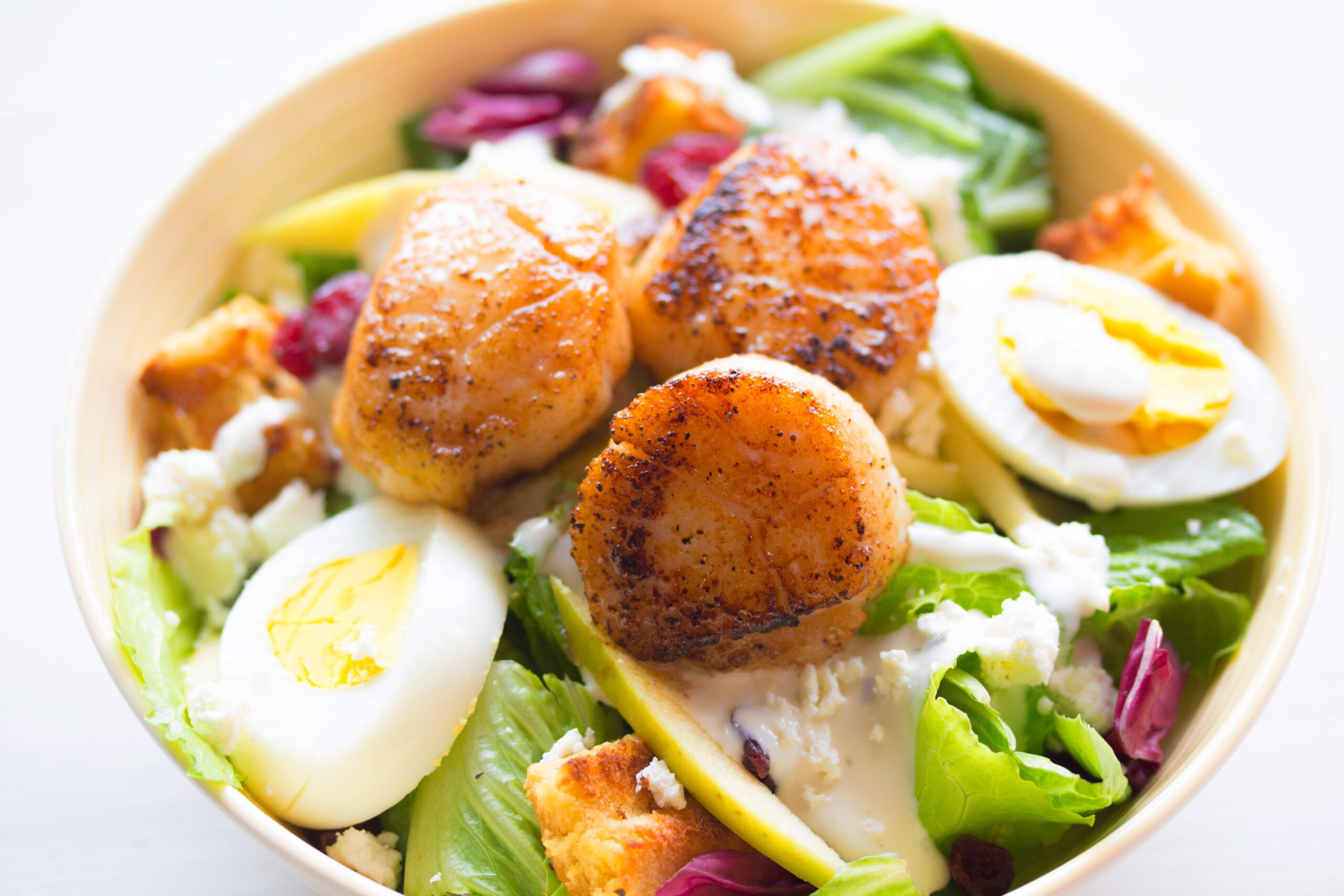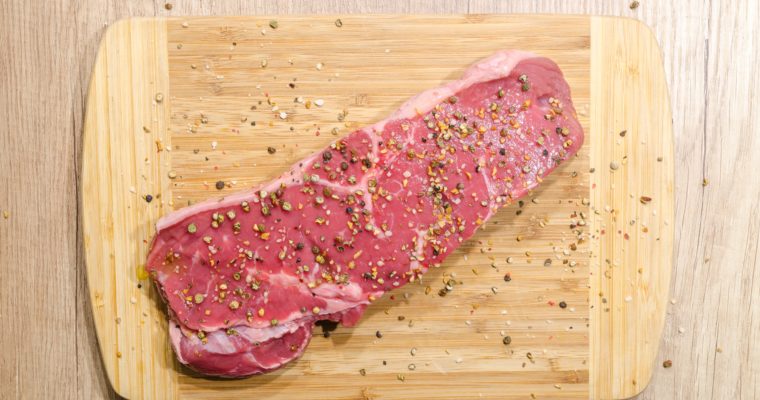
Ludwig likens scallops to the string quartet and jazz trio; a sweet, delicate morsel that rewards deftness of composition and refinement of execution. Like any small acoustic ensemble, scallops may not be your first entertaining selection but may prove the most satisfying.
Types of scallops
Bay Scallops are te smallest, most tender group of these shellfish. Their size makes them most suitable for raw or nearly raw crudo, ceviche and escabeche preparations or quick poaching or sautees
Sea scallops are meatier and chewier, lending them most suitably to quick searing or grilling. They are a surprisingly easy treat and perfect companions to steaks in a surf and turf menu.
Divers scallops are just hand-harvested sea scallops. They tend to be the largest, most perfect and most expensive.
Buying and preparing sea scallops, paraphrased from The Food Lab:
Don’t never, ever, buy “wet” pack scallops. They are treated with STP, a phosphate preservative, that makes them retain water and they will not sear. They’ll just make a watery, rubbery, mess no matter how you cook them.
If you are not sure, a milky liquid in the container is the telltale sign for STP.
Or ask.
If still unsure, make something else for dinner.
Even “dry” pack untreated scallops have excess moisture. Sprinkle the scallops liberally with kosher salt, place them between 2 sheets of paper towel, and let them sit for 15 minutes. Brush the salt off of them and they are ready to cook.
